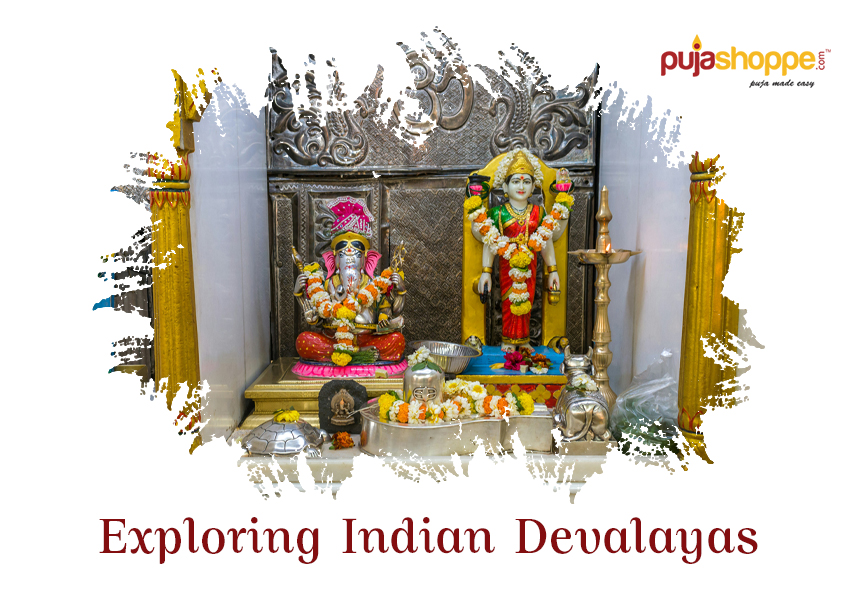The Vedas and Upanishads, among other ancient Sanskrit literature from India, provide the spiritual ideas symbolically reflected in Hindu temples. Various ancient Sanskrit treatises on architecture, such as BŹhat Saṃhitā and Vāstu Śāstras, define the structural principles of these temples. The design, patterns, architecture, and construction process all allude to geometric symbolism, ancient rites, and core Hinduism beliefs and ideals. For many Hindus, a temple is a place of spiritual pilgrimage as well as a landmark that has fostered the growth of traditional arts, local festivals, and the local economy.

History of Hindu Temples: A Tapestry of Centuries
The history of Hindu temples is a mosaic woven over millennia. The earliest temples, carved from rock, date back to the Gupta period (around 4th to 6th centuries CE). These architectural marvels, such as the revered cave temples of Ajanta and Ellora, served as sanctuaries for spiritual contemplation.
As centuries passed, temple construction evolved, with dynasties like the Cholas, Pallavas, and Hoysalas contributing their unique styles. The Dravidian and Nagara architectural traditions emerged, each bearing distinctive features, from towering gopurams (entrance towers) to intricately carved shikharas (spires).
Hindu Temple Architecture: An Ode to Divine Proportions
Indian temples are architectural wonders, meticulously designed to mirror the cosmos and evoke a sense of divinity. Vastu Shastra, an ancient architectural science, guides the layout and proportions, ensuring harmony with natural forces. Intricate carvings, mandapas (assembly halls), and sanctums dedicated to deities characterize their layout.
The grandeur of South Indian temples, with their towering gopurams adorned with mythical figures and gods, contrasts the harmonious simplicity of North Indian Nagara-style temples. Each style, though diverse, shares an underlying reverence for the divine.
Symbolism in Hindu Temples: A Language of the Sacred
Puja, the ritualistic worship performed in temples, is the heartbeat of Hinduism. It serves as a conduit for devotees to connect with the divine. Through offerings, prayers, and hymns, devotees express their reverence and seek blessings from the deities. The fragrance of incense, the glow of lamps, and the resonance of bells create an atmosphere of transcendence.
The temple’s entrance signifies the transition from the mundane to the sacred. The garbhagriha, or sanctum, represents the womb of the universe, where the main deity resides. Intricate carvings and sculptures narrate ancient epics and convey spiritual teachings.
Puja Shoppe: Embarking on a Sacred Journey
To partake in this profound spiritual practice, one can turn to Puja Shoppe, a trusted purveyor of authentic puja essentials. From intricately crafted idols to pure incense and sacred oils, Puja Shoppe provides the tools necessary to engage in this ancient ritual with reverence and authenticity.
In the grandeur of Indian temples, we find a convergence of history, artistry, and spirituality. These architectural marvels stand as bridges between the earthly and the divine, offering solace and inspiration to generations of devotees. Through their enduring presence, they continue to narrate the story of a civilization bound by its profound spiritual heritage.
With Puja Shoppe, we embark on a journey of devotion and spiritual growth, inspired by the history and symbolism that define Indian Devalayas.
Related Topics: Unraveling the Science of Vastu Shastra: Harmonizing Your Home Space
